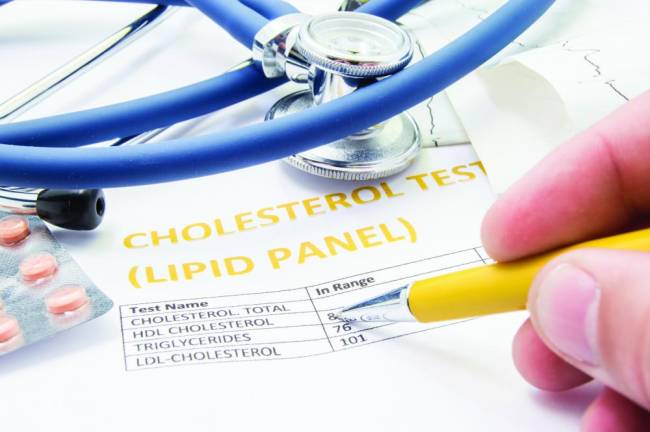Your body naturally makes all the cholesterol that’s needed, but other factors can push us over the line.
This waxy substance is found in many animal-based food sources, like red meat, poultry and dairy. When intake of those fat-rich foods gets out of balance, the liver produces more cholesterol — and that can collect in our artery system.
The heart has to work harder to circulate blood. If plaque breaks loose, it may create blockages leading to the brain that cause a stroke, while blockages around the heart can lead to a heart attack.
It’s critically important that we keep these numbers in check in order to live healthier, longer lives. Here’s a look at the types of cholesterol, and how they impact our health:
Different Types
Turns out, not all cholesterol is bad. It’s just that too much or one kind of cholesterol can put you in jeopardy of a serious heart problem. So can having not enough of the other kind of cholesterol. Low density lipoprotein, or LDL, is typically described as “bad” cholesterol, while high density lipoprotein is “good.” Doctors will also keep an eye on triglycerides, another form of fat made in the body. These numbers might be elevated based on being overweight, physical inactivity, diabetes, smoking, alcohol consumption, or eating too many fats or carbs.
Related Health Risks
Dietary choices aren’t the only things to keep a close eye on: Smokers and those with high blood pressure and diabetes are also at higher risk of heart disease. Cholesterol levels can also be impacted by age, gender and family history. Any of these factors may lead to deposits of thick, hard plaque that narrow the arteries, in a process known as atherosclerosis.
Treatment Options
Your doctor will take regular measurements of your cholesterol in order to create a baseline, then make recommendations if the results don’t align properly. This will be done with a blood test, and that may require a short fast beforehand. After the numbers have been run, you could be encouraged to make different dietary choices, create or increase your activity regimen, or perhaps begin regularly taking prescriptions. These medications would play a critical role in lowering your risk of stroke and heart attack, depending on your specific situation, so follow the doctor’s instructions to the letter.
